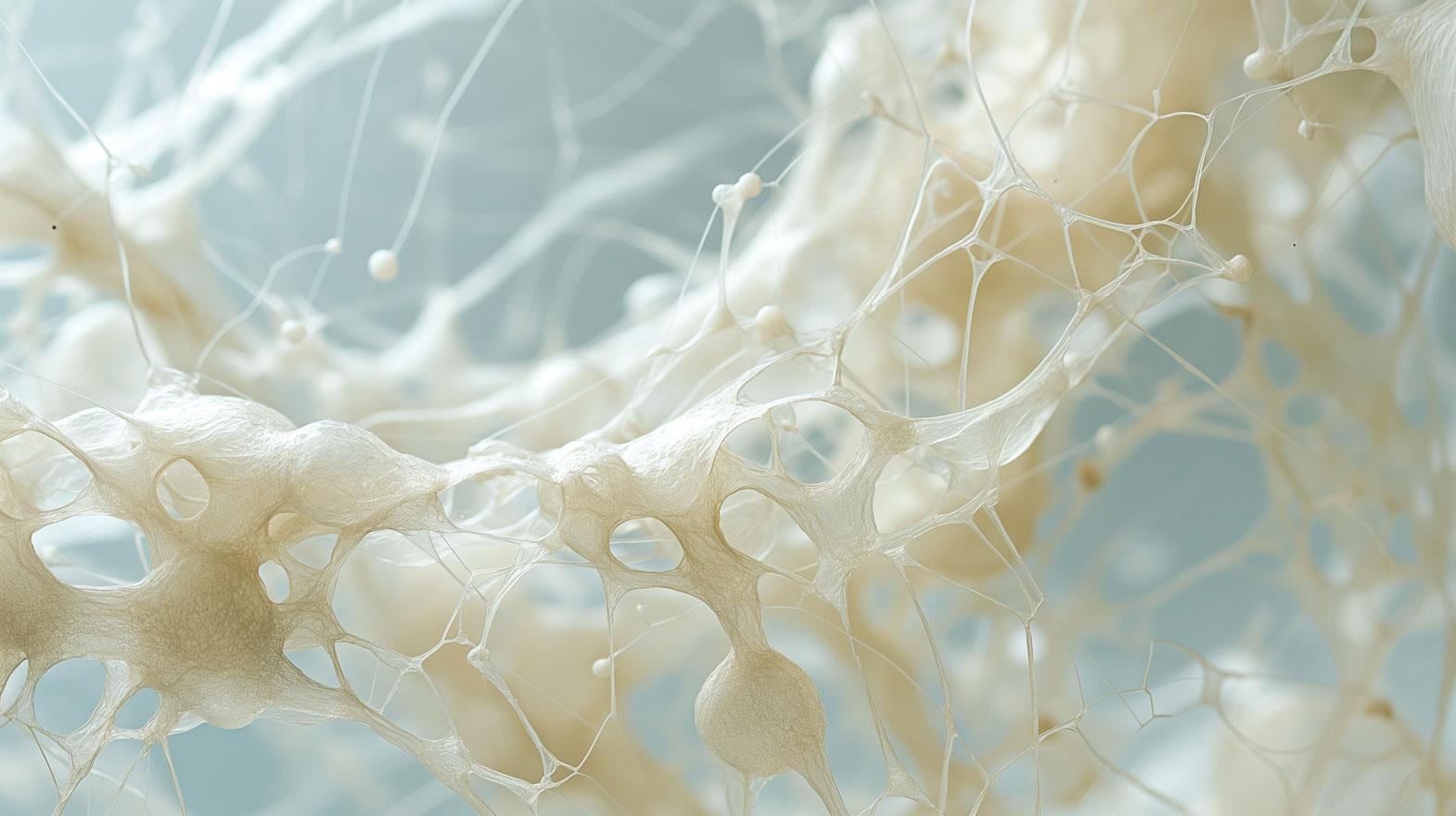The necessity to create sustainable fabrics using cellulose fibers produced with ionic liquid arises as the demand for textile fibers is projected to reach 133.5 million tons by 2030. These new fibers have retained all the properties of other cellulosic fibers, such as moisture management, sustainability, and breathability, which are not characteristic of synthetic fibers. Consequently, global demand for natural and man-made cellulosic fibers is expected to increase by 33 to 37 percent. The consumption of cellulose fibers is predicted to rise from 3.7 kg to 5.4 kg by 2030. Unfortunately, cotton production alone cannot meet these demands. Thus, the development of cellulose fibers created with ionic liquid offers hope that more such fibers can meet textile requirements without compromising on the natural traits of cotton. Additionally, considering the eco-friendly production of this new cellulose fiber, proponents of green textiles will not be disappointed.
This new addition to cellulose-based fabrics, developed in Finland, represents an upgraded version of the fabrics that preceded it. Like other cellulose fabrics, this new fabric is a wood-based fiber. The cellulose fiber created with ionic liquid is derived from wood chips melted into pulp using ionic liquid. This pulp is then processed to produce finished fibers that are spun into yarn. This specific spinning process is employed to create cellulosic textile fibers from wood. These fibers serve as a viable alternative to cotton and viscose. The newly developed fabric is sturdier than viscose and boasts high water retention. Endowed with natural strength, these fibers make the fabric suitable for the garment industry and as a reinforcement component in composites for various manufacturing sectors.
Beyond these properties, it is essential to note that the viscose production process involves carbon disulfide and sodium hydroxide, resulting in the release of sulfur oxides and dihydrogen sulfide. Few manufacturing units worldwide have implemented recycling systems to mitigate the release of these chemicals into the environment. The good news is that in the manufacturing of this novel fabric, ionic liquid is fully recycled through evaporation. The cellulose pulp is also not wasted and is entirely transformed into fibers.
This fibre has also given a ray of hope to Finnish textile industry along with the pulp and paper companies. Unfortunately, recently some Finnish manufacturing units had to put up the shutters, but with this new development in textile industry that has been initiated by Finland, the textile industry alongside the pulp and paper industry will witness revamp for good. The first samples of the novel textile have already been produced and the fashion designers are also gratified with the quality and have deemed the fabric as perfect enough to be exhibited in fashion events. The fabric has performed well in a fashion field test under which it was used as a base for scarf design.
The ionic liquid cellulose fibre is likely to attract countries like China, where the textile markets are growing at a fast pace. The demand for alternatives to cotton is already rising and in such a case, this new fibre will satisfy the needs of textile sector. As of now, it is a requirement to create awareness regarding this new fabric. In order to commercialise this new invention in the textile, it is mandatory to attract the attention of large companies and investors, who can help in further research and development to make this fabric better. If the marketing of the fabric is done in a proper manner, this innovation could yield good profits.
Yet, the markets will have to wait for another five to ten years before the fabric is launched for the regular customers. It will take some more research and tests to ensure that the new fabric is flawless enough to be launched commercially and manufactured at a large scale. Moreover, tests will also have to be conducted on small-scale spinning units that will prepare 2 to 5 tonnes of fabric per day.
The development of cellulose fibre created with the ionic liquid has far more significance than mere addition to the list of upcoming fibres. This innovation will improve the textile world everywhere for better. It is important to understand that the knowledge and technology that has been applied to make this new fabric of cellulose fibres, will pave way for the basic research to come up with improved fabrics in the future, and that the scientific discoveries of today will form the basis for improved textile procedures and fabrics of the future.
References:
1. His.fi
3. Puu.aalto.fi
4. Startupfashion.com









Comments